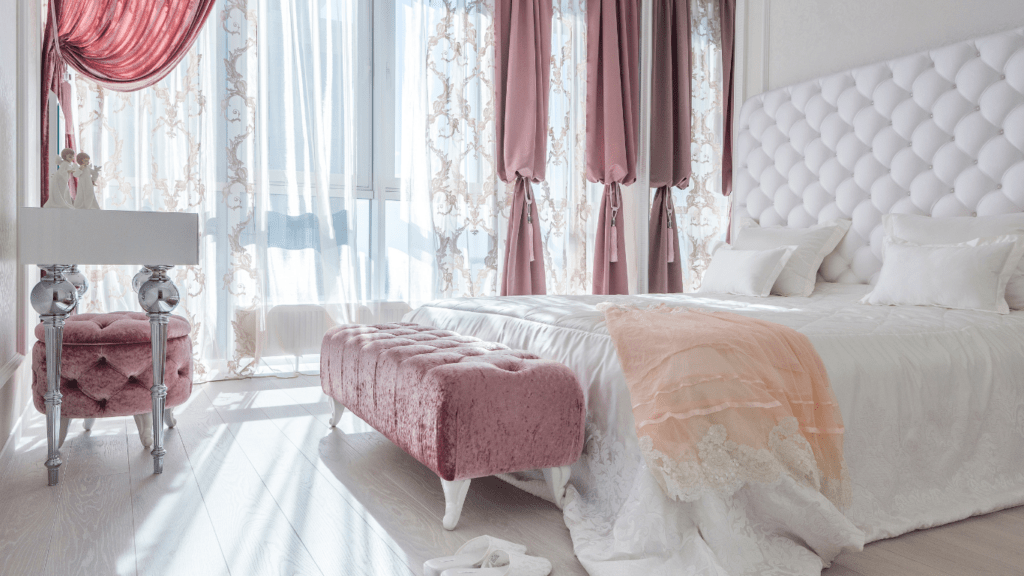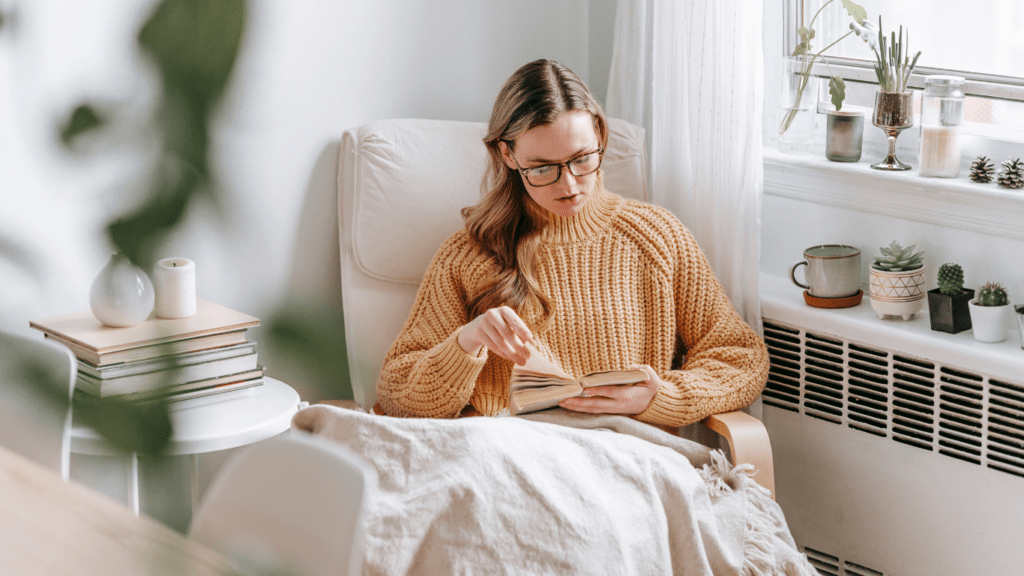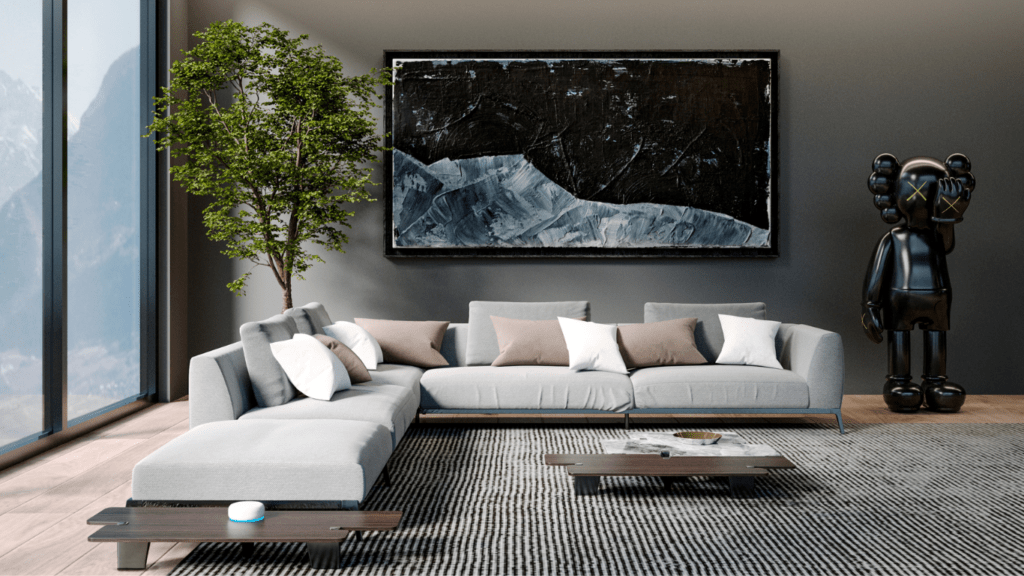Understanding the Importance of Bedroom Furniture Arrangement
Arranging bedroom furniture impacts both functionality and comfort. Proper placement of elements like the bed and nightstands can make a small room feel spacious. When space allows, placing the bed along the longest wall avoids creating obstructions in walkways. This makes the room feel more airy and navigable.
Creating zones within the bedroom, like a sleeping area and a reading nook, adds to the room’s versatility. For instance, positioning a chair and a small table by the window encourages relaxation. Strategic placement of storage furniture ensures clutter remains hidden, enhancing visual serenity.
Circulation paths are essential for seamless movement. Ensuring clear paths between the door and major furniture pieces reduces the risk of accidents, especially at night. Paths should be wide enough to navigate comfortably without bumping into furniture.
Symmetry in furniture arrangement contributes to a balanced and harmonious look. If the bed is centered on the wall, place nightstands of equal size on each side. This not only looks pleasing but also provides convenient access to necessities.
Natural light should be maximized by thoughtfully arranging furniture. Avoid blocking windows with bulky pieces. For example, a low dresser under the window can serve as both storage and a display area without obstructing light.
Effective bedroom furniture arrangement impacts the room’s flow and comfort, transforming it into a more functional and inviting space.
Key Principles of Effective Arrangement
When arranging bedroom furniture, specific principles guide the process to enhance flow and comfort. Here are key considerations crucial for an effective setup.
Prioritizing Functionality
Focus on making each piece of furniture serve a clear purpose. Prioritize items like the bed, nightstands, and dresser. Place the bed near power outlets for charging devices and ensure it’s accessible from multiple angles. Use multi-functional furniture, like storage ottomans or bed frames with drawers, to combine utility and efficiency.
Ensuring Adequate Flow
Maintain clear circulation paths free of obstructions. Position major furniture items with doorways and windows in mind to avoid cramped spaces. Make sure there is at least 18-24 inches of walking space around the bed and larger pieces. Use smaller decor items carefully to avoid clutter.
Balancing Comfort and Aesthetics
Create a cozy yet visually pleasing space. Select a focal point, such as the bed or a decorative headboard, to center the arrangement. Pair soft textures and warm lighting with balanced proportions. Ensure that colors and patterns complement each other to achieve a harmonious look.
By considering functionality, flow, and aesthetics, a bedroom can become a well-organized, comfortable retreat.
Layout Ideas for Different Room Shapes
Each bedroom shape presents unique opportunities for arranging furniture to enhance flow and comfort.
- Rectangular Rooms
A rectangular room benefits from symmetry and clear pathways. Position the bed against the longest wall to create balance. If possible, place nightstands on either side of the bed for functionality. Use a dresser opposite the bed to maintain symmetry. Incorporate a reading nook in a corner using a small chair and floor lamp. Keep the area around doors clear to ensure easy access.
- Square Rooms
Square rooms thrive with central focal points. Center the bed on one wall to naturally create symmetry. Use matching nightstands to balance the space. Consider a bench at the foot of the bed to add style and functionality. Place a chair and side table diagonally from the bed for a cozy seating area. Ensure pathways remain unobstructed to maximize flow.
- L-Shaped Rooms
L-shaped rooms require strategic zoning. Position the bed in the larger section of the L to anchor the space. Use the smaller section for a seating area or workspace. Place a dresser in the corner opposite the bed. This layout capitalizes on the unique shape, creating distinct functional zones. Avoid overcrowding by using slimmer furniture pieces.
- Small Spaces
In small spaces, efficiency is key. Opt for multi-functional furniture like beds with storage drawers. Place the bed against the wall to maximize floor space. Utilize vertical storage solutions to keep the area clutter-free. Choose a small desk or vanity that doubles as a workspace. Maintain clear paths for easy movement and a spacious feel.
Strategic Placement of Key Furniture Pieces
Placing furniture strategically is fundamental for a comfortable and functional bedroom. Consider these key pieces to enhance flow and comfort.
The Bed
The bed is the focal point of any bedroom. Position it against the longest wall for a balanced look, ensuring it’s easily accessible from both sides. This placement allows for symmetry and clear circulation paths. Avoid placing the bed directly under windows to prevent drafts and align with power outlets for bedside lamps.
Wardrobes and Closets
Wardrobes and closets should be placed where they don’t obstruct natural light. Align them along the shorter walls to maintain an open feel. Sliding doors on wardrobes save space and prevent interference with other furniture. If the room is small, consider wardrobes with built-in mirrors to create the illusion of a larger space.
Nightstands
Nightstands should be at a convenient height relative to the bed, providing easy access to essentials like lamps, books, and clocks. Place one on each side for a symmetrical look. Opt for nightstands with storage options such as drawers or shelves to keep the area clutter-free.
Dressers and Storage Units
Place dressers and storage units against less dominant walls. Ensure they don’t block pathways or windows. Tall dressers optimize vertical space, making them ideal for smaller rooms. If space permits, a bench with storage at the foot of the bed adds both function and style.
Enhancing Comfort with Accessories

Small additions can vastly improve the comfort and functionality of a bedroom. Let’s explore how to use rugs, lighting, mirrors, and seating areas to enhance the space.
Rugs and Carpets
Using rugs and carpets adds warmth and texture to the bedroom. I recommend placing an area rug under the bed, extending out on all sides for a cohesive look. Consider a plush, high-pile rug for added softness. Remember to secure edges to prevent tripping hazards.
Lighting
Good lighting is crucial for both comfort and ambiance. I suggest using layered lighting, including:
- ambient
- task
- accent lights
Bedside lamps can add a warm, intimate glow, while a dimmable overhead fixture offers versatility. Don’t forget to position lights for both functionality and aesthetic appeal.
Mirrors
Mirrors can make a room feel larger and brighter. I like placing a large mirror opposite a window to reflect natural light. A full-length mirror near the closet enhances practicality. Decorative mirrors above dressers or nightstands can also add a stylish touch.
Seating Areas
Creating a cozy seating area can make your bedroom more inviting. I recommend placing a comfortable chair or a small loveseat in a corner. Adding cushions and a throw blanket can enhance comfort. If space allows, a bench at the foot of the bed offers extra seating and storage.
Common Mistakes to Avoid
Overcrowding the Room
Keeping the room clutter-free is vital for both aesthetics and functionality. Using too much furniture can make even spacious rooms feel cramped. For example, adding excessive seating or extra drawers can block pathways and create unnecessary obstacles. Focus on essential furniture to maintain a clear circulation path.
Blocking Natural Light
Placing large furniture pieces in front of windows can obstruct natural light. This not only makes the room darker but can also affect mood and energy levels. Avoid positioning wardrobes, dressers, or headboards where they block sunlight. Instead, use sheer curtains for privacy without reducing light.
Ignoring the Focal Point
Every bedroom benefits from a central focal point, often the bed. Failing to highlight this can make the space feel disjointed. Aligning all furniture around a clear focal point creates harmony. For instance, placing the bed against the longest wall usually achieves this balance.
Disregarding Functionality
Each piece of furniture should serve a clear purpose. Neglecting this can lead to a room that’s beautiful but impractical. For example, not having nightstands next to the bed might inconvenience those who need frequent access to personal items. Use multi-functional pieces to maximize utility.
Mismanaging Storage Solutions
Improper storage choices can clutter the room. For example, large wardrobes might dominate the space in small bedrooms. Opting for vertical storage solutions and under-bed storage can free up floor space and keep the room organized. Built-in shelves can also offer effective storage without taking up extra space.
Overlooking Scale and Proportion
Selecting furniture that doesn’t match the room’s scale can disrupt flow and comfort. For instance, a king-size bed in a small room can leave little space for movement. Consider the room size and choose furniture proportionate to it. Smaller rooms benefit from sleek, compact pieces.
Neglecting Circulation Paths
Clear walking paths are essential for fluid movement. Ignoring this can lead to a cluttered, uncomfortable space. Ensure at least 24 inches of walking space around large furniture items like the bed and dressers. This allows easy access and prevents accidents during nighttime movements.
Disregarding Personal Preferences
While following design principles is important, personal comfort should not be compromised. Ignoring individual preferences can make the bedroom less inviting. For example, if a reading nook is essential for your relaxation, create a cozy corner even if it means adjusting other elements.
Incorporating these tips can significantly enhance the flow and comfort of any bedroom.



 Harry Marriott – Lead Interior Stylist
Harry Marriott is Castle Shelf House’s Lead Interior Stylist, known for his keen eye for detail and expertise in modern and classic home designs. With a background in interior architecture, Harry brings innovative styling solutions to the forefront, ensuring that each home reflects a unique personality. His approach to furniture placement and design trends helps clients create harmonious living spaces that combine aesthetics with functionality.
Harry Marriott – Lead Interior Stylist
Harry Marriott is Castle Shelf House’s Lead Interior Stylist, known for his keen eye for detail and expertise in modern and classic home designs. With a background in interior architecture, Harry brings innovative styling solutions to the forefront, ensuring that each home reflects a unique personality. His approach to furniture placement and design trends helps clients create harmonious living spaces that combine aesthetics with functionality.
